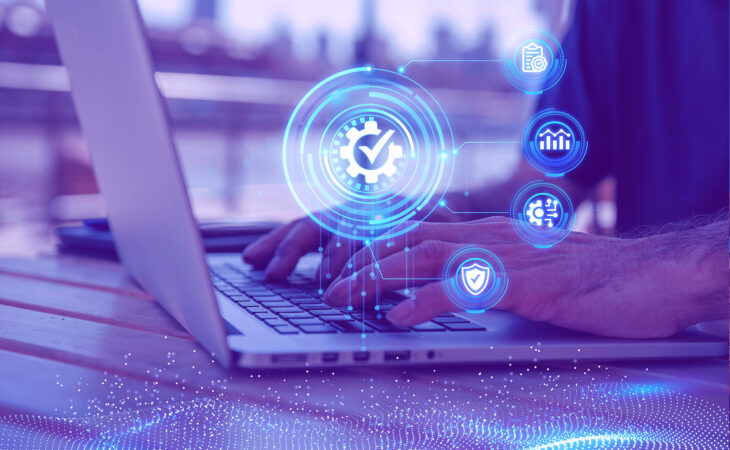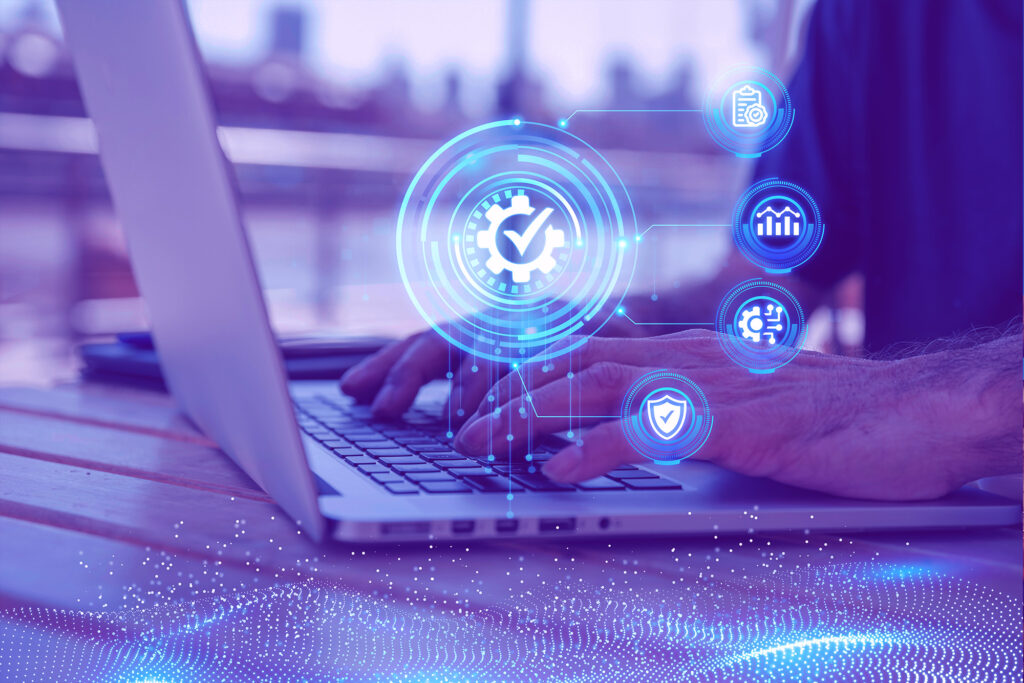
The demand for remote monitoring, remote programming, and predictive maintenance was already high before the pandemic. However, with the New Normal being enforced and fewer humans on the job, there was a significant rise in the use of these technologies to accelerate business operations.
Remote access systems offer many benefits and more and more industries are waking up to its potential power. Losses incurred due to unplanned outages have led to undesirable consequences making these systems a priority for all. This blog aims to explore examples that outline the use of remote access and predictive maintenance systems.

This technology has many benefits including increasing productivity, minimizing downtime, leveraging quality, ensuring business continuity, and much more. A remote monitoring system helps you to determine the performance of the robots along with the Key Performance Indicators (KPIs). All you need to do is allow access via any device such as a tablet, laptop, or smartphone. This is particularly useful when any robot experiences failure in its output. Here, the remote monitoring system is quick to notify the concerned representative about a failure in the system.
Any robot can be programmed without the need to visit the site. This is what makes remote programming a profitable solution for industries. An engineer can operate, monitor, and work on the programming of the robot from any location thereby leading to larger amounts of savings for companies.
The idea behind predictive maintenance is to anticipate or know when a particular robot may fail. This results in massive savings for companies who are now alert to the possibilities of a problem on hand. Reports mention how advanced analytics lead to greater productivity while ensuring a reduction in breakdown.